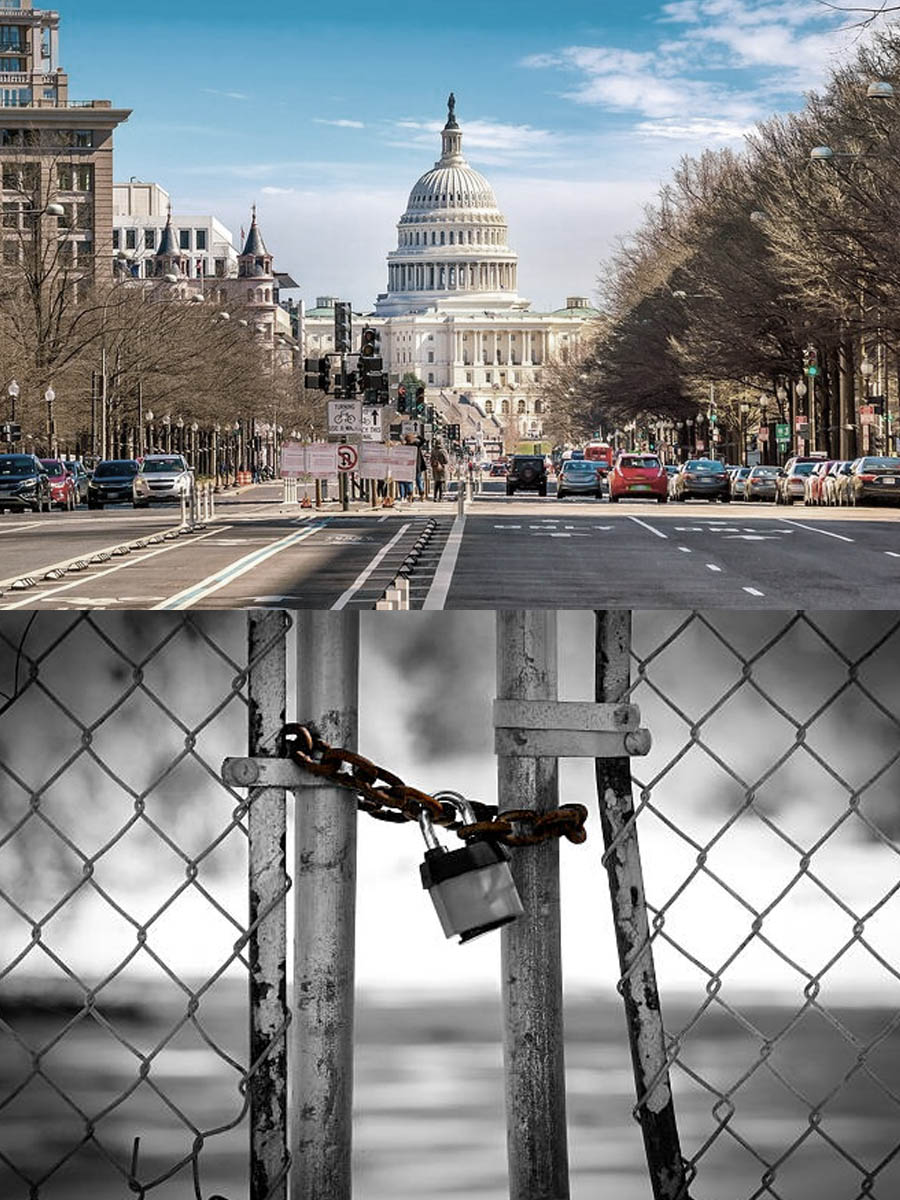Good news: Congress appears to have moved to end the shutdown. The Senate cleared a procedural hurdle late Sunday by advancing a short-term funding package in a 60–40 roll call. Several Democrats joined most Republicans to get the bill past the filibuster stage. That means the measure now heads to the House, where Speaker Mike Johnson has called members back to vote. If the House passes it, the bill will go to President Trump and is expected to be signed.
TL;DR
- The Senate advanced (60–40) a short-term funding bill, which is expected to pass the House and be signed, ending the government shutdown.
- The stopgap funds the government through January 30, 2026, and guarantees back pay for furloughed federal workers.
- The deal includes a guaranteed December vote on extending ACA premium tax credits, but not guaranteed passage.
- The shutdown shaved 0.8 percentage points ($55 billion) off quarterly GDP growth, causing real pain for SNAP recipients and federal workers.
- This is only a temporary fix, kicking the core spending and health-care fights down the road to late January 2026.
The vote and the deal — quick, plain version
- The Senate vote to advance the bill was 60–40. Eight Democrats crossed over to clear the procedural hurdle.
- The package is a stopgap that funds most government operations through Jan. 30. It also bundles a few full-year appropriations bills (like veterans’ programs and some military construction).
- As part of the bargain, Democrats won a guaranteed vote on extending the Affordable Care Act premium tax credits — scheduled for early December — but not a guarantee that the subsidies will actually pass. Many Democrats are frustrated by that.
Who switched — and why that matters
A handful of Democrats — worried about people going hungry or being laid off — decided the immediate harm was worse than holding out for a bigger deal. That choice let the bill advance. Senate negotiators also agreed to reverse shutdown-era layoff notices and promise back pay for federal workers — things that persuaded some fence-sitters.
What this bill does (and doesn’t)
Yes: it reopens large parts of the government for now. It:
- Restores funding through Jan. 30.
- Ensures states will be reimbursed if they spent money to keep SNAP and WIC running.
- Guarantees a December vote on ACA premium tax credits, but not passage.
It does not permanently solve the health-care fight. That fight is just moved down the calendar. Expect the ACA tax-credit issue to come back — and hard — before January ends.
Who got hurt — and who’s still waiting
Millions felt the shutdown right away. SNAP benefits — which support around 42 million people — were in real jeopardy during the lapse. That stark number is one big reason momentum built to end the shutdown quickly.
Federal workers are also owed back pay. By law, back pay is supposed to be paid out as soon as possible after the shutdown ends. Practically, payouts and exact timing will vary by agency and by state payroll logistics, but the legal requirement is clear: furloughed workers get made whole.
The economic scorecard
A long shutdown leaves a dent. Ernst & Young estimates this shutdown shaved roughly 0.8 percentage points off quarterly GDP growth — about $55 billion in lost output so far. If the shutdown had kept dragging, those costs would have climbed. The travel and food-aid disruptions make the economic hit worse.
On markets: shutdowns usually spook people for a minute and then markets move on. This one lifted stocks when the reopening news hit. Historically, the stock market is rarely derailed long-term by funding standoffs. Still, for ordinary families and workers, the pain was real.
The Fed and the data blackout
Shutdowns pause key government data releases — jobs, inflation metrics, etc. That “data blackout” complicates Federal Reserve decisions. The Fed’s December meeting (Dec. 9–10 on the calendar) will come with more uncertainty because of missing official reports. Policymakers have said they’ll use available data, but missing government numbers make decisions tougher.
The risk: this could come back in February
Important context: this is a temporary fix. The continuing resolution runs only to Jan. 30. That means the big policy fights (ACA credits, spending priorities) could blow up again. If the underlying disagreements aren’t resolved, Congress could face the same crisis all over — and faster this time, because end-of-January is less politically delicate than holiday travel season.
My take
Short version: reopening the government was the right emergency move. People were hungry, workers were unpaid, and air travel chaos around Thanksgiving would have made the mess worse for millions. That practical pressure mattered — and it’s why politics sometimes chooses the least awful option.
That said, this is a bandage, not a cure. Pushing the ACA fight into December without a path to resolve it is risky. If leaders don’t actually negotiate a real solution, we’ll be right back here in eight weeks. Also: using brinkmanship to force concessions while millions are in limbo is a miserable way to govern. It works politically sometimes, but it’s terrible policy.
If you’re an investor: don’t panic over this alone. If you’re a worker on SNAP or a federal paycheck, keep an eye on your state agency notices — states differ on timing for benefit fixes and back pay processing.
What to watch next
- House vote — will the House pass the Senate’s package? (Expected this week.)
- President’s signature — will the White House sign promptly? (Administration has signaled support.)
- ACA vote in December — outcome and whether it’s more than a symbolic exercise.
- State-level SNAP notices — check your state agency for timing on benefits and reimbursements.
- Fed meeting (Dec. 9–10) — watch for how the Fed treats its policy stance amid missing official data.
Final word
This patch buys time. It also punts the big fights. So yes — the shutdown looks like it’s ending. But if you want a real, durable fix for health-care subsidies, benefit stability, and budget sanity, Congress needs to stop treating everyday people like pawns in a game. Until then, plan for more drama in early 2026.







